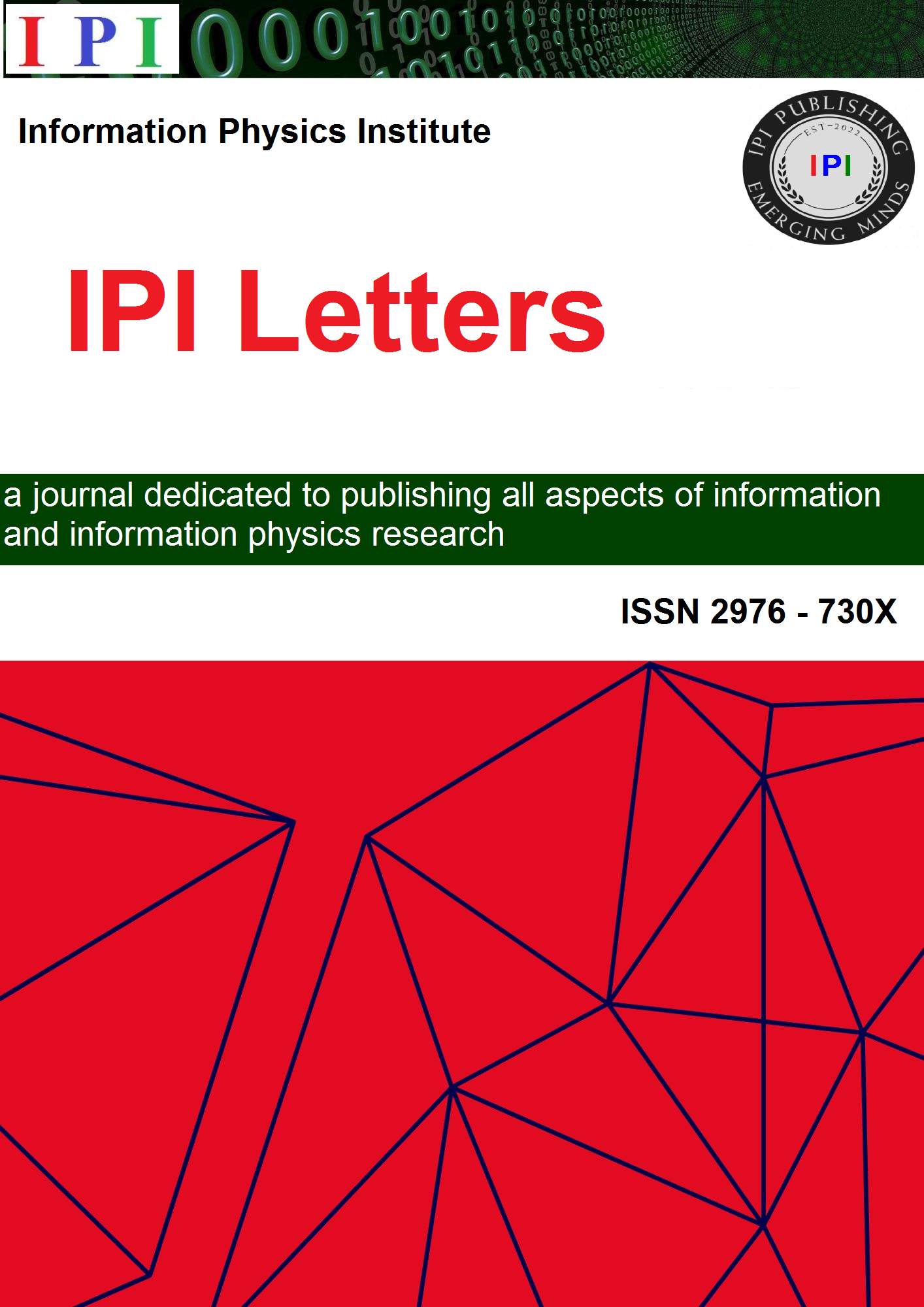The Ultimate Paradox – Creating Something (The Universe) That Has Always Existed
DOI:
https://doi.org/10.59973/ipil.195Keywords:
Creation of computational universe, Nonlinear time, Virtual reality, Augmented reality, Entanglement, Wave-particle activityAbstract
Here are a few thoughts on “Is gravity evidence of a computational universe?” The article [1], plus this comment on it, could be seen as exemplifying nonlinear time. This is because an article is usually written first, then followed in linear time by comments. In this case, the article was published on April 25 2025 but the comment - which proposes how such a computational universe might originate - was nonlinearly published word-for-word eighteen months earlier in “The 5th Dimension and its Implications for the String Theory, Conservation of Energy and Heisenberg Uncertainty Principle”[2].
References
Melvin M. Vopson, Is gravity evidence of a computational universe? AIP Advances, 1 April 2025; 15 (4): 045035. https://doi.org/10.1063/5.0264945 DOI: https://doi.org/10.1063/5.0264945
Bartlett, R. (2023). The 5th Dimension and its Implications for the String Theory, Conservation of Energy and Heisenberg Uncertainty Principle. IPI Letters, 1, 41–55. https://doi.org/10.59973/ipil.29 DOI: https://doi.org/10.59973/ipil.29
Gefter, A. Haunted by his brother, he revolutionized physics. January 10, 2014. Illustration by Wesley Allsbrook.
Einstein, A., Spielen Gravitationfelder im Aufbau der Elementarteilchen eine Wesentliche Rolle? [Do gravitational fields play an essential role in the structure of elementary particles?] Sitzungsberichte der Preussischen Akademie der Wissenschaften [Math. Phys.] 349-356. Berlin. 1919
Downloads
Published
How to Cite
Issue
Section
License
Copyright (c) 2025 Rodney Bartlett

This work is licensed under a Creative Commons Attribution 4.0 International License.















